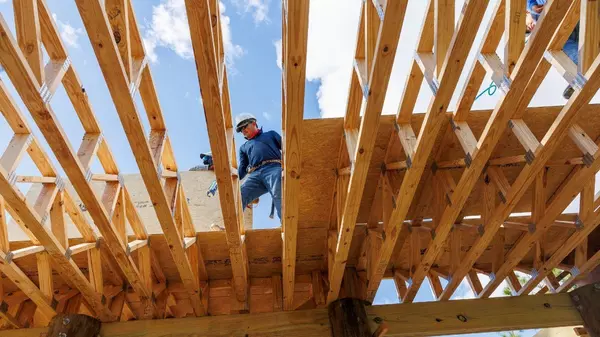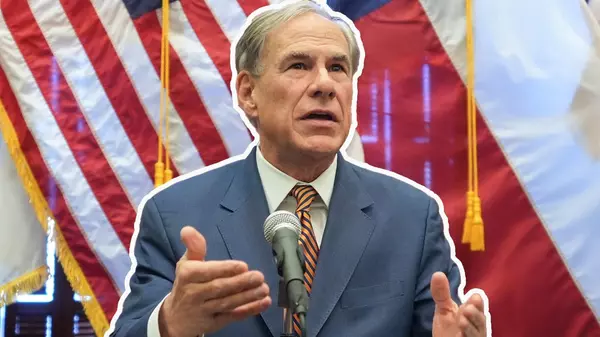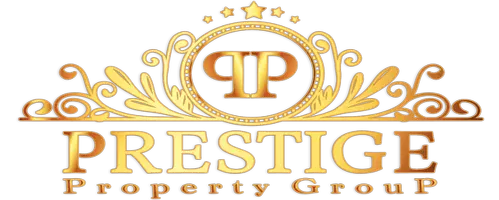Minnesota is Winning in Affordability and Homebuilding: Can Governor Walz Keep It That Way?
Minnesota stands out as a bright spot in the Midwest’s housing landscape.
According to the Realtor.com® State-by-State Housing Report Card, the state earned a solid B-, signaling above-average performance on both affordability and new construction. The report, part of Let America Build campaign, evaluates how each state balances today’s affordability with tomorrow’s home supply.
For Minnesota, the results reflect a steady market that’s building enough to keep pace with demand, even as prices climb and other parts of the nation struggle.
President Donald Trump made that clear when he recently put pressure on homebuilders to increase construction nationwide, given the issues with construction in the country. In a post on his Truth Social platform in early October, he accused major builders of hoarding lots to prop up prices—likening them to OPEC, which restricts oil output to maintain high prices.
“They’re my friends ... but now, they can get Financing, and they have to start building Homes. They’re sitting on 2 Million empty lots, A RECORD,” Trump wrote. He urged Fannie Mae and Freddie Mac to intervene and “get Big Homebuilders going” to “restore the American Dream.”
So, what can the rest of the country learn from Minnesota?
Minnesota’s B- grade, explained
Realtor.com analysis gives Minnesota a total score of 62, placing it in the upper half of the national rankings. The state’s median listing price reached $394,042, supported by a strong median household income of $86,272, one of the highest in the region. The Realtors Affordability Score of 0.77 shows that a fair share of listings remain within reach for middle-income buyers.
On the construction side, Minnesota accounted for 1.5% of U.S. housing permits in 2024, slightly below its 1.7% share of the population, for a permit-to-population ratio of 0.9—steady, but signaling room to grow. The new construction premium—how much more a new home costs than an existing one—was 47.1%, typical for the Midwest, where newer builds tend to be larger and more energy-efficient.
The Midwest’s measured progress
According to the Realtor.com New Construction Insights report, new builds across the country are now helping ease affordability pressures. The median new-home price held at $450,797, nearly flat year over year, while resale prices rose 2.4%, narrowing the national price gap between new and existing homes to just 7.8%, the lowest on record.
The Midwest mirrors that national pattern: modest growth, stable prices, and builders who are cautiously keeping pace with demand. States like Minnesota benefit from a strong job base and more available land than coastal markets, though rising material costs and tight labor conditions are starting to pinch.
And the influx of new builds couldn't come at a better time.
“America is short more than 4.7 million homes, and every new home built helps close that gap while fueling local economies," says Shannon McGahn, executive vice president and chief advocacy officer at the National Association of Realtors®.
"NAR research shows that the U.S. has faced a persistent housing shortage for more than a decade, driving up prices and limiting options for buyers. Expanding housing supply creates jobs, supports small businesses, and affords families the opportunity to build generational wealth.”
Governor Walz under pressure to do more
Despite Minnesota’s high ranking, Gov. Tim Walz and legislative leaders have faced criticism for not making housing a bigger priority.
In June, lawmakers from both parties introduced several bills to expand housing options statewide, led by the Minnesota Starter Home Act, the centerpiece of the “Yes to Homes” agenda. The bill aimed to spur construction of modest, entry-level homes by easing zoning rules and reducing development barriers.
“There’s no one who can say we don’t have a problem,” said Housing Committee Co-Chair Spencer Igo (R–Wabana Township). “The bill is getting at how we used to do things… it’s core to what we believe in as Minnesotans and Americans.”
The measure passed both the House and Senate Housing Committees with bipartisan support but stalled when the House Local Government Committee declined to hear it. A revised version was later defeated in the Senate Local Government Committee, 5–6. With no strong push from Walz or legislative leaders, the remaining four bills in the Yes to Homes package also fizzled out.
However, some progress is still being made. Earlier in the year, Rep. Andrew Myers (R-Tonka Bay) introduced a pair of bills that would give first-time home buyers a refund on sales tax paid on construction materials used to build a new construction homes: HF177 and HF178.
According to the Minnesota Legislator, Myers said the idea is to “address the lack of supply and affordability of homes for first-time buyers by getting builders to invest in model homes and then find qualified buyers.”
First-time homebuyers would be exempt from paying sales tax on the first $165,000 of construction, which Myers said is generally the materials cost for a $500,000 home. The credit would be reflected in the sale price of the home, so first-time buyers would be the ultimate beneficiary.
For now, Minnesota remains in a relatively strong position: affordability is better than the national average, and builders are still active despite inflationary pressures. But without new investment, progress could stall.
The path forward will likely depend on how the Walz administration balances fiscal caution with the urgent need for more housing.
This article was produced with editorial input from Dina Sartore-Bodo and Gabriella Iannetta.
Categories
Recent Posts










GET MORE INFORMATION

